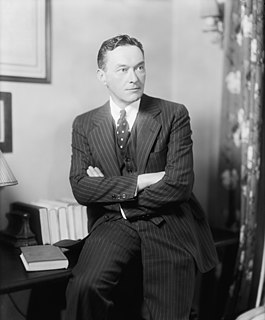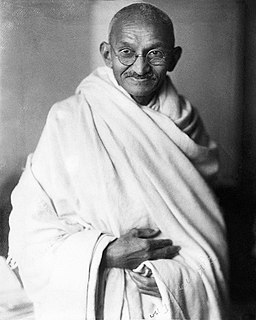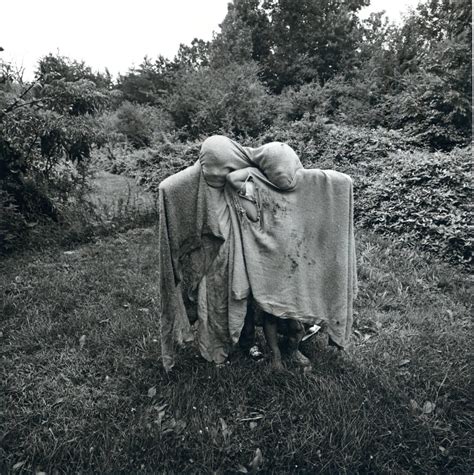A Quote by Russell D. Moore
The biblical picture is not one of an upward, linear progress or a precipitous, downward decline. It is a more complicated picture of a fallen world in which there is a gospel of power.
Related Quotes
The systems of stereotypes may be the core of our personal tradition, the defenses of our position in society. They are an ordered more or less consistent picture of the world, to which our habits, our tastes, our capacities, our comforts and our hopes have adjusted themselves. They may not be a complete picture of the world, but they are a picture of a possible world to which we are adapted. In that world, people and things have their well-known places, and do certain expected things. We feel at home there. We fit in. We are members.
The sense that the meaning of the universe had evaporated was what seemed to escape those who welcomed Darwin as a benefactor of mankind. Nietzsche considered that evolution presented a correct picture of the world, but that it was a disastrous picture. His philosophy was an attempt to produce a new world-picture which took Darwinism into account but was not nullified by it.
Each picture with its particular environment and unique personal relationships is a world unto itself - separate and distinct. Picture makers lead dozens of lives - a life for each picture. And, by the same token, they perish a little when each picture is finished and that world comes to an end. In this respect it is a melancholy occupation.
Man must choose either of the two courses, the upward or the downward; but as he has the brute in him, he will more easily choose the downward course than the upward, especially when the downward course is presented to him in a beautiful garb. Man easily capitulates when sin is presented in the garb of virtue.
One paradox I have found is that, the more you use computers in picture-making, the more hand-made the picture becomes. Oddly, then, digital technology is leading, in my work at least, toward a greater reliance on handmaking because the assembly and montage of the various parts of the picture is done very carefully by hand.
When buyers see the pride of ownership - when they come in, and they're impressed by how clean the place is - they can picture their kids playing on the floor. They can picture the family sitting around the table. When they can picture their own family in that space, instantly you grab them, and they'll pay more money, too.

































